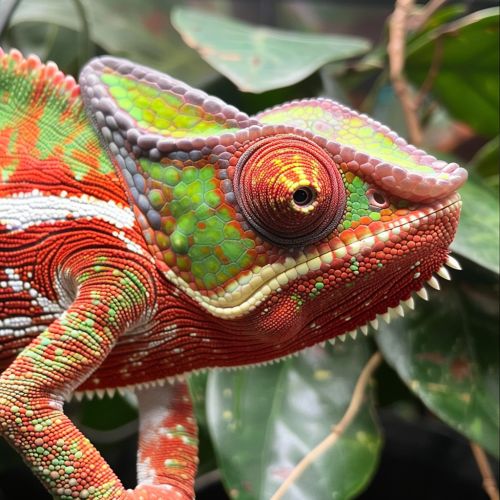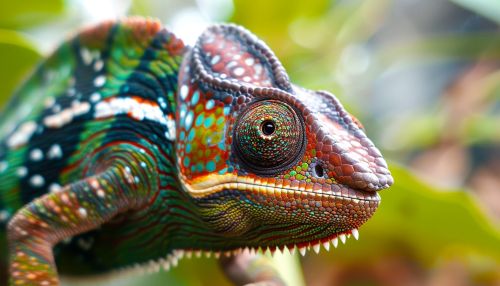Adaptive plasticity
Overview
Adaptive plasticity, also known as phenotypic plasticity, is a fundamental concept in the field of evolutionary biology and ecology. It refers to the ability of an organism to change its phenotype in response to changes in the environment. This adaptability is a key survival mechanism that allows organisms to cope with varying environmental conditions without the need for genetic change.


Mechanisms of Adaptive Plasticity
Adaptive plasticity is facilitated by a variety of mechanisms, including changes in gene expression, protein function, and cellular structure. These changes can occur at any stage of an organism's life cycle, from development to adulthood, and can affect a wide range of traits, from morphology to behavior.
Gene Expression
Changes in gene expression are one of the primary mechanisms of adaptive plasticity. In response to environmental cues, certain genes may be upregulated or downregulated, leading to changes in the proteins they encode and ultimately altering the phenotype of the organism. This process is regulated by a complex network of transcription factors and other regulatory molecules.
Protein Function
Adaptive plasticity can also involve changes in protein function. Proteins are the workhorses of the cell, carrying out a wide range of tasks from catalyzing chemical reactions to providing structural support. Changes in the environment can alter the way these proteins function, leading to changes in the phenotype of the organism.
Cellular Structure
Changes in cellular structure are another mechanism of adaptive plasticity. For example, in response to changes in the environment, cells may alter their shape or size, or they may develop new structures such as flagella for movement or chloroplasts for photosynthesis.
Types of Adaptive Plasticity
There are several types of adaptive plasticity, each with its own unique characteristics and implications for the survival and evolution of organisms.
Developmental Plasticity
Developmental plasticity refers to changes in an organism's phenotype that occur during its development. This type of plasticity is often irreversible and can have a significant impact on the organism's adult phenotype. For example, in response to nutrient availability, an organism may develop a larger or smaller body size, a trait that can influence its survival and reproductive success.
Acclimatory Plasticity
Acclimatory plasticity refers to changes in an organism's phenotype that help it acclimate to changes in its environment. Unlike developmental plasticity, acclimatory plasticity is often reversible. For example, many plants can adjust their photosynthetic rates in response to changes in light intensity, a form of acclimatory plasticity that allows them to optimize their energy use.
Behavioral Plasticity
Behavioral plasticity refers to changes in an organism's behavior in response to changes in its environment. This type of plasticity can be highly adaptive, allowing organisms to quickly adjust their behavior to maximize their survival and reproductive success. For example, many animals alter their foraging behavior in response to changes in food availability.
Evolutionary Implications of Adaptive Plasticity
Adaptive plasticity has significant implications for the evolution of organisms. By allowing organisms to adjust their phenotype in response to changes in the environment, adaptive plasticity can enhance survival and reproductive success, driving the process of natural selection.
Role in Adaptation
Adaptive plasticity plays a critical role in the adaptation of organisms to new environments. By allowing organisms to adjust their phenotype in response to environmental changes, adaptive plasticity can enhance survival and reproductive success, driving the process of natural selection.
Role in Speciation
Adaptive plasticity can also play a role in speciation, the process by which new species arise. By allowing organisms to adapt to different environments, adaptive plasticity can contribute to the divergence of populations and the formation of new species.
